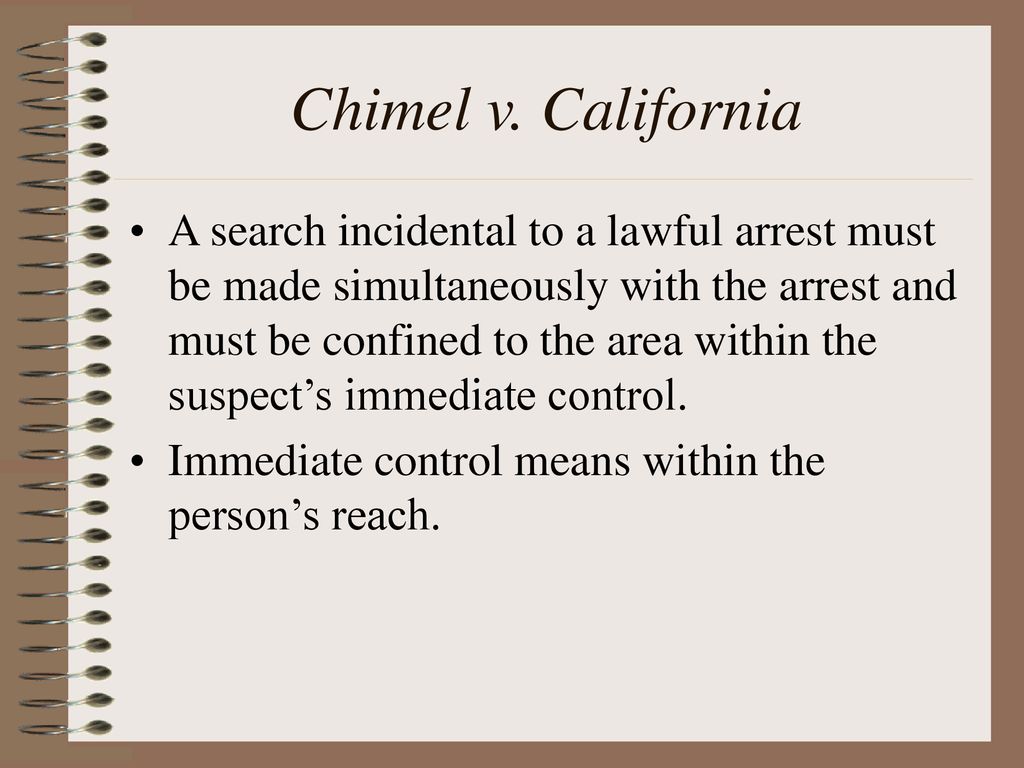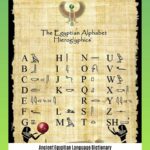Ever wonder about your rights during a police arrest? The Supreme Court case, *Chimel v. California*, significantly impacts how law enforcement can search you. This comprehensive guide explains the case, its implications, and its continued relevance in our digital age. We’ll break down the complexities in clear, accessible language, exploring both the legal nuances and practical applications.
The Chimel Case: A Landmark Decision on Search and Seizure
Chimel v. California, a 1969 Supreme Court case, fundamentally altered how police conduct searches during arrests. It established crucial limits on the scope of warrantless searches, directly impacting your Fourth Amendment rights against unreasonable searches and seizures. This case arose from the arrest of Ted Chimel for burglary. Police, possessing a warrant for his arrest, searched his entire house without a separate search warrant, uncovering evidence used to convict him. The Supreme Court’s decision would dramatically reshape law enforcement practices.
The Fourth Amendment and Unreasonable Searches
The Fourth Amendment of the U.S. Constitution protects against unreasonable searches and seizures. This means the government cannot search your person or property without a valid warrant, probable cause, or another recognized exception. Chimel directly addressed the limits of one such exception: searches incident to lawful arrest.
The “Immediate Control” Rule: Defining the Limits of a Search
The Supreme Court, in a 6-2 decision, ruled in favor of Chimel, finding the warrantless search of his entire home unconstitutional. They established the “immediate control” rule: a search incident to a lawful arrest is limited to the area within the arrestee’s immediate reach. This is the area from which the person could readily grab a weapon or destroy evidence. It’s not the entire room; it’s the space directly surrounding the person. The Court reasoned that this restriction balances law enforcement needs with Fourth Amendment protections. A judge might consider various factors, including the location of the arrest, proximity of others, the crime’s nature, and the environment’s layout, to determine the extent of “immediate control.”
Practical Applications of “Immediate Control”
https://www.lolaapp.com/What Does “Immediate Control” Really Mean? This seemingly simple rule proves difficult to apply in practice. The “immediate control” area isn’t a fixed radius; its scope varies based on circumstances. For example, a search of a nightstand might be justified if the arrestee is sitting next to it. However, a search of a far-off drawer in the same room is likely unlawful.
Beyond Chimel: Subsequent Cases and Interpretations
https://www.lolaapp.com/Beyond Chimel: Further Clarifications and Debates Chimel wasn’t the final word. Subsequent cases have refined and clarified its implications. New York v. Belton (1981) initially extended the “immediate control” rule to the passenger compartment of a vehicle, a ruling later modified by Arizona v. Gant (2009). Gant stipulated that searches must be justified by the need to prevent the destruction of evidence or ensure officer safety and be directly related to the arrest. These subsequent cases highlight the ongoing judicial interpretation of Chimel‘s “immediate control” principle.
Chimel in the Digital Age: A New Frontier
https://www.lolaapp.com/Chimel in the Digital Age: A New Frontier The digital age presents complex challenges to Chimel‘s application. Smartphones and other devices contain vast amounts of personal data. Can police search these devices incident to an arrest? The courts are actively wrestling with this question. Some argue that searching a digital device isn’t justified unless there’s reason to believe it contains evidence relevant to the crime. Others maintain a more expansive view, suggesting officers might quickly glance through a phone for immediate evidence of a crime. This debate underscores the need for careful consideration of digital privacy in the context of Chimel.
Dissenting Opinions and Ongoing Debates
https://www.lolaapp.com/What happened in Chimel vs. California? It’s noteworthy that not all justices agreed with Chimel‘s interpretation. Dissenting opinions frequently emphasized the balance needed between protecting individual rights and enabling effective criminal investigations. Some argued that in cases involving serious crimes, police might reasonably search a broader area to prevent the destruction of evidence. The dissenting voices underscore the inherent complexities of balancing law enforcement needs against constitutional protections.
The Lasting Impact of Chimel v. California
https://www.lolaapp.com/How did the decision in chimel v california impact search and seizures? Chimel v. California remains a cornerstone of Fourth Amendment jurisprudence. While its application continues to evolve, particularly in our increasingly digital world, it firmly establishes that warrantless searches must be limited to the area within the arrestee’s immediate control. It provides crucial protection against overly broad searches while acknowledging the legitimate needs of law enforcement. The case continues to inform debates about digital privacy, demonstrating the enduring relevance of Chimel in shaping contemporary understandings of Fourth Amendment rights.
https://www.lolaapp.com/What amendment was violated in Chimel v California? This enduring legal precedent serves as a vital reminder of the continuous dialogue balancing personal freedom and effective law enforcement. The ongoing debate surrounding its application illustrates the dynamic nature of constitutional rights in a rapidly changing society.
https://www.lolaapp.com/Important Details to Write in the Article The complexity of the Chimel ruling and its far-reaching implications underscore the ongoing need for legal scholars and policymakers to continue this conversation. Future court decisions will continue to refine and shape our understanding of its principles in the context of new technologies and societal norms.
- Unlocking Francis Alexander Shields’ Finance Empire: A Comprehensive Biography - July 12, 2025
- Unveiling Francis Alexander Shields: A Business Legacy - July 12, 2025
- Francis Alexander Shields’ Business Career: A Comprehensive Overview - July 12, 2025















